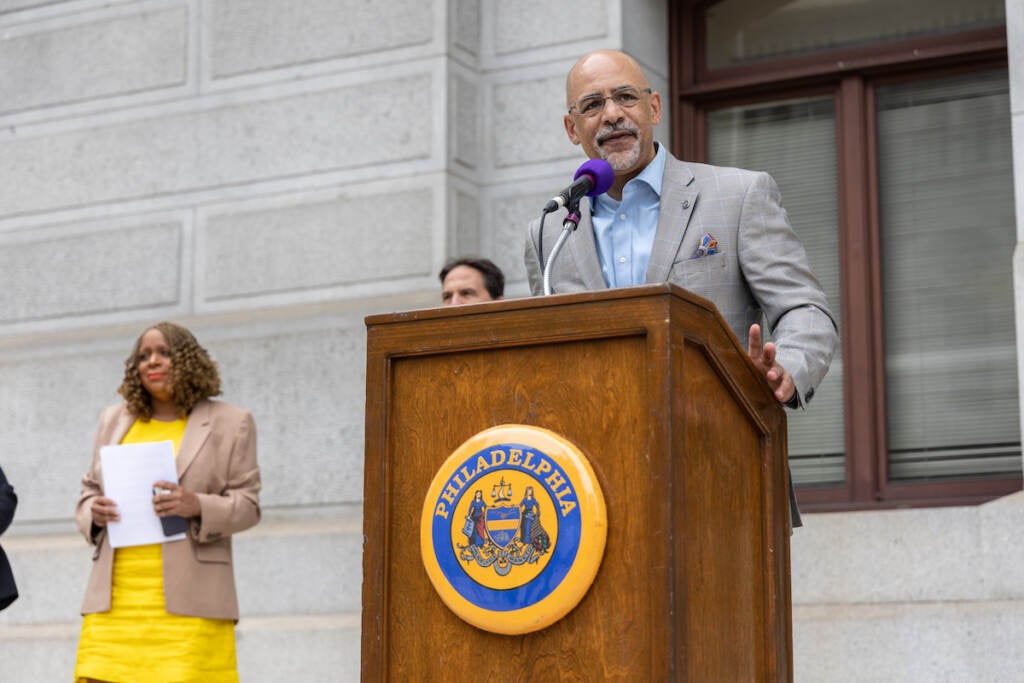Pennsylvania
Power plants among the largest industrial climate polluters in Pennsylvania
The data used in the report does not include sources of greenhouse gas emissions like vehicles, oil and gas production, or pipeline leaks. It comes from the EPA’s Greenhouse Gas Reporting Program, which requires around 8,000 big emitters, fuel and industrial gas suppliers, and CO2 injection sites nationwide to report their emissions each year. PennEnvironment’s analysis includes close to 300 facilities in Pennsylvania.
“Obviously, we have cars and trucks and methane leaking from all kinds of places. But as far as the … large sources that are required to be reported, this is as accurate as it gets,” said Eric Schaeffer, executive director of the nonprofit Environmental Integrity Project and former director of EPA’s Office of Civil Enforcement, who was not involved in the report.
While western Pennsylvania dominates the “dirty dozen” list, the Philadelphia area has several large polluters of its own, according to the report. These include Vicinity Energy’s gas-powered cogeneration plant in Philadelphia’s Grays Ferry neighborhood that powers a steam loop, as well as the Covanta plants in Chester and Conshohocken that burn trash for energy, according to the report. Gas distribution networks, like PGW, Peoples Natural Gas Company, or PECO, were not included in the rankings.
Vicinity plans to decarbonize its Grays Ferry plant after electrifying its Boston and Cambridge district energy system, said spokesperson Sara DeMille.
A spokesperson for Covanta, Nicolle Robles, said Covanta’s waste incinerators produce less greenhouse gas emissions than putting that same trash in a landfill.
But to Councilmember Brooks, the report shows “corporations are churning out pollution that makes our futures a little darker every day. … The corporations responsible for climate change are rarely, very rarely called out for the harm that they are doing.”
The good news is that solutions are available, advocates say — they just need to be used.
“This information is only [as] good as what we do with it,” State Rep. Chris Rabb, who has supported legislation to transition Pennsylvania to 100% renewable energy by 2050, said at Tuesday’s press conference.

Another tool to reduce emissions from power plants is a cap-and-trade program known as the Regional Greenhouse Gas Initiative (RGGI). The regulation allowing Pennsylvania to join the program, put in place under former Gov. Tom Wolf, is on hold due to a court challenge. Gov. Josh Shapiro did not fully endorse RGGI as a candidate, but included it in his budget proposal this spring.